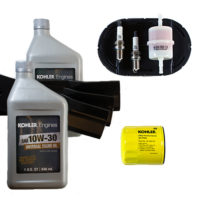As the summer solstice passes, days shorten and shade increases across lawns. Shady areas pose a unique challenge for a healthy lawn.
For most species, grass thrives in direct sunlight. Low traffic lawns require 4 hours of direct sunlight and areas with regular traffic need at least 6 hours to remain healthy. Beyond lack of sunlight, moist conditions and lack of air circulation may lead to disease in shady areas. As grass deteriorates, these areas are vulnerable to erosion. This is especially concerning for the health of trees.
Here are a few ideas for protecting and restoring the health of grass in shady areas.
- Choose fine fescues when seeding these areas.
- These grasses do well in low-light conditions, but must be cut higher than 3 1/2 inches.
- Reduce or stop watering in shady conditions.
- Additional fertilizer may be necessary in areas affected by erosion.
- Improve light by trimming low hanging branches.
If grass cannot be recovered, proper mulch beds will protect trees. Mulch beds should be at least 4 inches deep to mimic the benefits of grass. Create rings around trees to prevent moisture damage to roots and bark.
Although mulch beds are simple and cost effective, many ground covers will beautify and thrive in the shade. Many of the plants will also aide in excessively moist areas. Some easy to maintain options include:
- Pachysandra
- Periwinkle
- Impatiens


Recent Comments